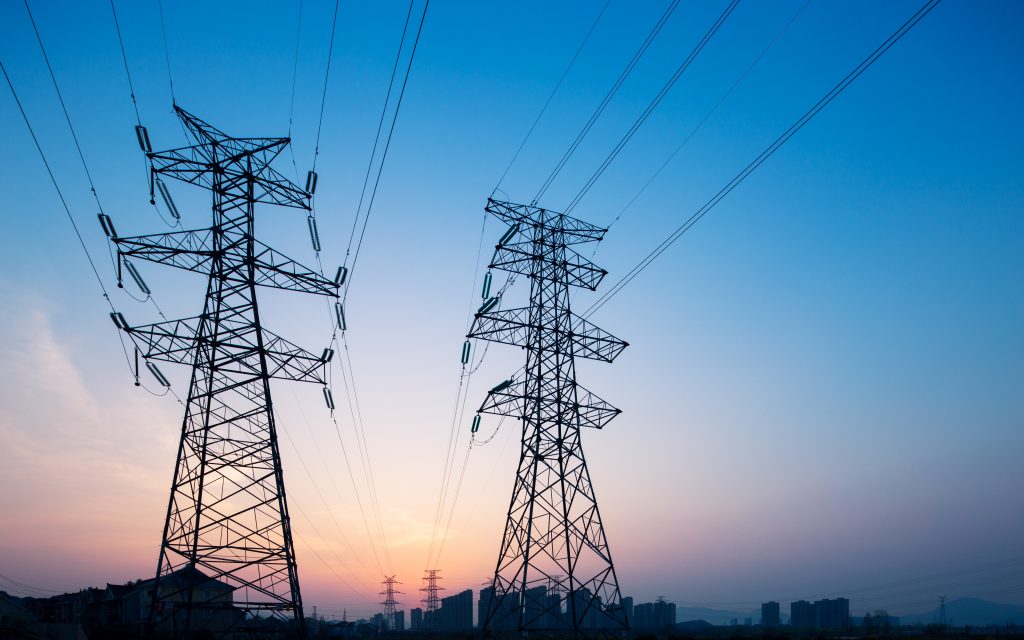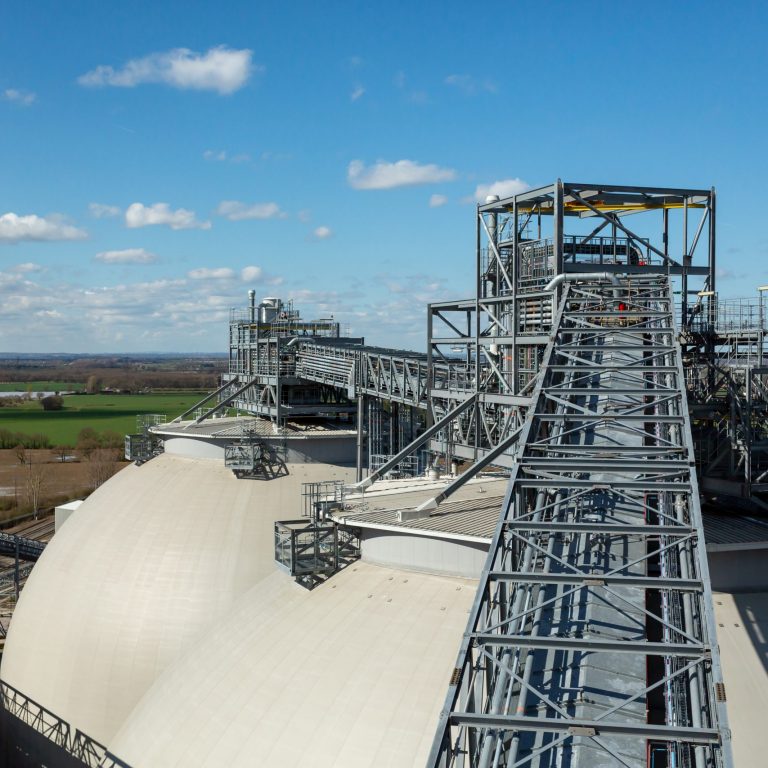Renewable technologies now account for a larger proportion of Great Britain’s electricity sources than ever before. And they’re growing.
The first quarter of 2017 was another record-breaking one for renewables. Biomass, wind and hydro all registered their highest energy production ever, while solar recorded its highest ever peak output. Drax’s own generation is now 68% renewable and accounted for 17% of the country’s overall renewable generation in the first half of 2017 – enough to power over four million homes.
We’ve made great progress over a relatively short period. However, with every step forward we need to ensure our approach is helping enhance stability. In a power system increasingly made up of intermittent renewables, what will become more and more important for security of electricity supply will be technologies that respond quickly to spikes in demand and drops in supply – for example, when the sun isn’t shining and the wind isn’t blowing.
In short, what the power system of today needs is flexibility.
The flexibility factor
A recent report by Imperial College London for the Committee on Climate Change (CCC) highlights the significance of increasing system-wide flexibility in achieving decarbonisation. Imperial’s analysis emphasises the cost savings this can have, projecting that flexibility in a 50 g/kWh system – the lower-end of the CCC’s 2030 target for a decarbonised system – could save between £7.1 billion and £8.1 billion a year in system integration costs.
Without flexibility, the costs of balancing the system will rise significantly. This, in turn, could lead to the current fast-pace of grid decarbonisation stalling.
The need for flexibility in our energy system is too financially and environmentally significant to ignore. But what sources and technologies will we need to create it?
The next big thing in system flexibility

There are a number of technologies that are often touted as key to a flexible system, including storage (principally batteries), interconnectors, rapid response gas plants, renewable technologies such as biomass, and demand side response. All are indeed crucial to a flexible future, but alone each one still has its challenges.
Millions of pounds are being invested in battery and storage research – both in the ambition of driving down costs and in increasing capacity. However, there is a way to go on both fronts. For example, consider the scale at which batteries must operate.
The storage domes at Drax Power Station hold up to 300 kt of wood pellets – enough to generate roughly 600 GWh of electricity. At the current battery prices of around £350 per kWh it would cost £210 billion to replace their capacity with batteries. Even if prices fell dramatically we are still talking about a £60 billion price tag.
Greater interconnection is something energy industry regulator Ofgem and the National Infrastructure Commission (NIC) are calling for, but National Grid has voiced concerns that wholesale market price swings could lead to changes in power flows across interconnectors. This, in turn, could impact Great Britain’s system.
However, they remain a potential solution to solving flexibility, not just for their ability to deliver power, but in their ability to deliver ancillary services – something which will become increasingly important in a more volatile power system. For example, if built, Hinkley Point C will have some of the biggest single units on the system (1,600 MW), which will create more demand for ancillary services such as frequency response.
Technologies such as biomass and gas are well placed to provide this as well as quickly respond to changes in demand and supply. They also highlight why it is important to consider each megawatt coming onto the system. Not all technologies offer electricity and system stability tools (ancillary services), and so each one should be assessed from a whole system cost perspective, and according to how they fit into the overall supply mix.
Each type of generation can bring diverse services, so to achieve true flexibility we can’t rely on one technology – instead, we will need to rely on many.
Better together
To achieve full system flexibility we will need a coordinated combination of sources. This means maintaining a stable system that includes increasing levels of intermittent renewables, and flexible generation sources like biomass and gas that will supply baseload megawatts, plug the gaps left by intermittent renewables, and provide ancillary services.
The four rapid response gas power plants we are developing will play a key role once they are consented, secure Capacity Market contracts and become operational in the early 2020s. They will be crucial to plugging gaps in power supply as a result of unfavourable weather conditions.
Creating a system that is sufficiently flexible will make Britain much more effective in responding to stresses such as very low wind speeds over several hours, unexpected power station unit outages, or high demand. More than this, it will keep us on track to meeting carbon-reduction challenges.
For an affordable, decarbonised power system we need to be stable. To be stable we need to be flexible. And to be flexible we need to be varied and we need to work together.











